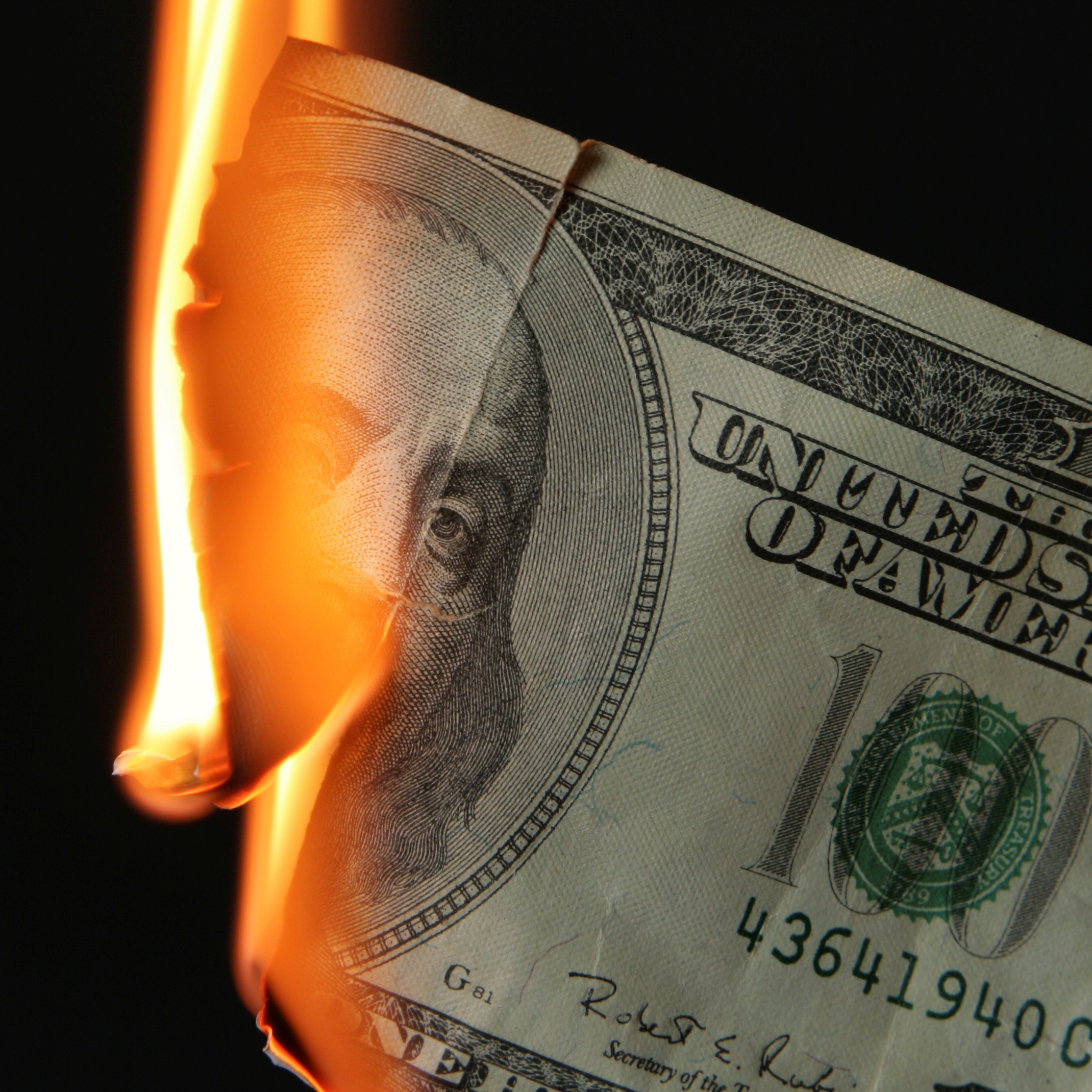Health and Healthcare
StemCells Reminds Investors of the Lessons of Outright Implosion

Published:
Last Updated:

StemCells Inc. (NASDAQ: STEM) just reminded investors and speculators alike just how dangerous it can be to invest in biotech and biohealth companies. The company issued a press release signaling the termination of its Phase 2 Pathway study. It hurts that the company said that the magnitude of the effect and the perceived trend of the effect over time did not justify continuing the study or exploring the variability in the initial patient observations. Here is what really hurts, what all but spells the death of the company’s investors: StemCells will commence an orderly wind down of operations.
The company said that its available strategic alternatives and its current cash position sent the board of directors to approve a plan to wind down the company. This might not mean outright implosion ahead for a 100 cents on the dollar loss, but wind downs rarely yield very much for investors. History has shown that it should be expected that the common stock holders may pay the ultimate price here.
The company said that it will evaluate opportunities to monetize its intellectual property, which will include data collected in its studies and trade secrets and will include the transfer of its proprietary HuCNS-SC cells and other assets through a potential sale.
Additional cash will not be raised. StemCells said in its release that the company will not proceed with its earlier plans to conduct a rights offering that was covered in a prior SEC registration statement.
So, what is left that can be counted today?
As of May 31, 2016, StemCells had cash and cash equivalents of approximately $5.5 million. This is far less than its most recent balance sheet (see below) might have indicated. The company said:
The Company cannot determine with certainty the amount of any liquidating distribution to its stockholders and it is possible that there will be no liquidating distribution to stockholders. The amount of any cash distributed to its stockholders will depend upon, among other things, the Company’s current liquid assets offset by its known and unknown liabilities as well as operating expenses associated with the wind down.
A review of its balance sheet for March 31, 2016, showed more than $11 million in cash, and additional property plant and equipment balance of $4.95 million, and total assets of $17.418 million. Unfortunately, its total assets were already outweighed by liabilities before this disclosure.
Dr. Ian Massey, president and chief executive officer of StemCells, said:
We are extremely disappointed with the results of our Pathway Study, which we had hoped to be the first clinical program involving cellular transplantation to meaningfully improve motor function in patients with chronic spinal cord injury. However, we continue to feel immense pride over the contributions we have made to the stem cell research field, and we are confident that the progress we made will be instrumental in future studies in this area. The other directors and I are also very appreciative of our employees for their hard work and dedication to our mission, and thankful to the scientific community and our stockholders for their support through the years.
StemCells has not ever been a big commercial outfit. Its revenues have been smaller than most sole proprietorships, despite having close to 75 employees as of last year. This marks the end of an era as a stem cell go-to stock. It has also been a public company since to the 1990s.
It seems unlikely that there will be anything left for shareholders here. That being said, it is impossible to know how much, if anything at all, that StemCells can fetch for its assets and intellectual property.
StemCells shares were last down 82% at $0.53 on more than 8 million shares traded. That is down from a 52-week high of $9.25, and the new market cap is shown to be a mere $6.2 million.
Short sellers recently had increased their bets against this company, raising the short interest to over 822,000 shares. That may be a gain of more than 150% from the prior short interest, but it remains lower than 3 million-plus shares short earlier in 2016.
As most authors would type at the end of a book … THE END
Retirement planning doesn’t have to feel overwhelming. The key is finding expert guidance—and SmartAsset’s simple quiz makes it easier than ever for you to connect with a vetted financial advisor.
Here’s how it works:
Why wait? Start building the retirement you’ve always dreamed of. Click here to get started today!
Thank you for reading! Have some feedback for us?
Contact the 24/7 Wall St. editorial team.